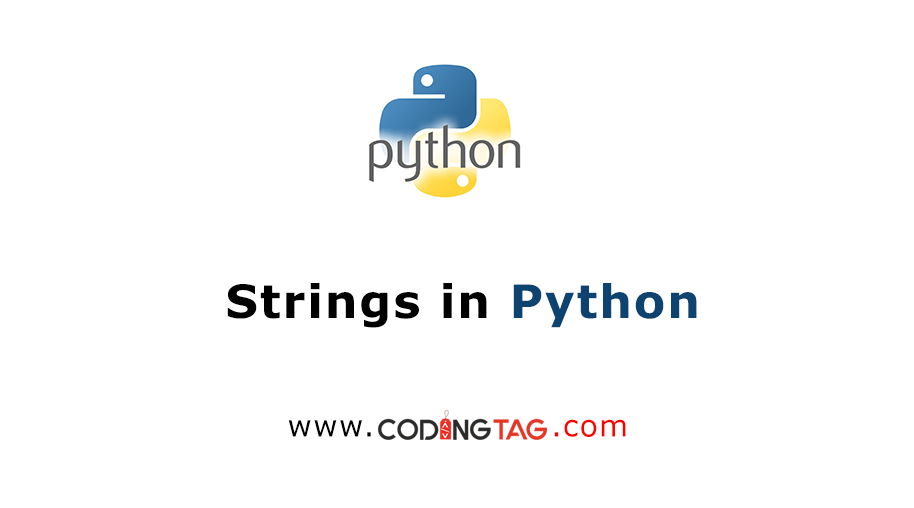numpy.vstack() in Python
0 123
Introduction
In Python's NumPy library, the numpy.vstack() function is a powerful tool for vertically stacking arrays. This operation is essential when you need to combine multiple arrays along their first axis (i.e., row-wise) to form a single unified array. Whether you're working with 1D or 2D arrays, numpy.vstack() provides a straightforward approach to achieve this.
How numpy.vstack() Works
The numpy.vstack() function takes a tuple of arrays as input and stacks them vertically. It's important to note that all input arrays must have the same number of dimensions, and their shapes must be compatible along all axes except the first one. This means that for 2D arrays, the number of columns must be the same across all arrays being stacked.
Basic Example
Let's start with a simple example of stacking two 1D arrays:
import numpy as np
a = np.array([1, 2, 3])
b = np.array([4, 5, 6])
result = np.vstack((a, b))
print(result)Output:
[[1 2 3]
[4 5 6]]In this example, the two 1D arrays a and b are stacked vertically to form a single 2D array.
Stacking 2D Arrays
Now, let's consider stacking two 2D arrays:
import numpy as np
a = np.array([[1, 2, 3], [-1, -2, -3]])
b = np.array([[4, 5, 6], [-4, -5, -6]])
result = np.vstack((a, b))
print(result)Output:
[[ 1 2 3]
[-1 -2 -3]
[ 4 5 6]
[-4 -5 -6]]Here, the arrays a and b are stacked row-wise, resulting in a 2D array with combined rows.
Stacking Arrays with Different Dimensions
When attempting to stack arrays with different dimensions, it's crucial to ensure compatibility. For instance, stacking a 1D array with a 2D array directly will raise an error. To resolve this, you can reshape the 1D array to match the dimensions of the 2D array:
import numpy as np
a = np.array([1, 2, 3])
b = np.array([[4, 5], [6, 7], [8, 9]])
a_reshaped = a[:, np.newaxis] # Reshaping a to a 2D array
result = np.vstack((a_reshaped, b))
print(result)Output:
[[1 4 5]
[2 6 7]
[3 8 9]]By reshaping a to a 2D array, we can successfully stack it with b along the first axis.
Practical Applications
The numpy.vstack() function is widely used in various scenarios:
- Data Preprocessing: Combining feature sets from different sources before feeding them into machine learning models.
- Image Processing: Merging image channels or concatenating images vertically.
- Scientific Computing: Combining datasets from different experiments or simulations for comparative analysis.
Conclusion
In summary, numpy.vstack() is an essential function for vertically stacking arrays in Python. By understanding its usage and applications, you can efficiently manipulate and combine arrays to suit your computational needs. Remember to ensure that the arrays you're stacking are compatible in terms of dimensions to avoid errors.
If you’re passionate about building a successful blogging website, check out this helpful guide at Coding Tag – How to Start a Successful Blog. It offers practical steps and expert tips to kickstart your blogging journey!
For dedicated UPSC exam preparation, we highly recommend visiting www.iasmania.com. It offers well-structured resources, current affairs, and subject-wise notes tailored specifically for aspirants. Start your journey today!

Share:






Comments
Waiting for your comments